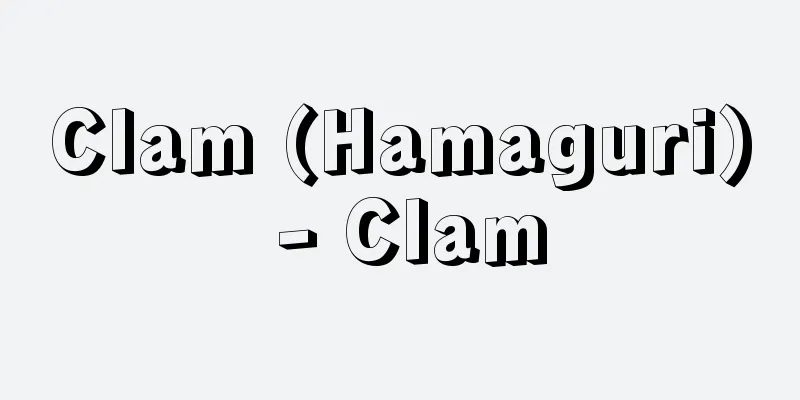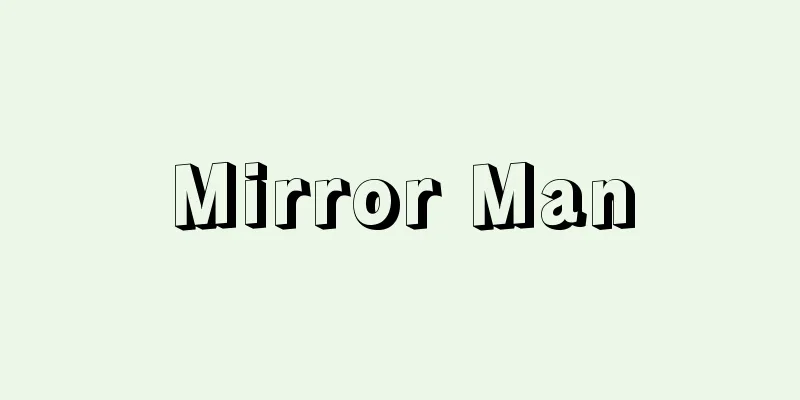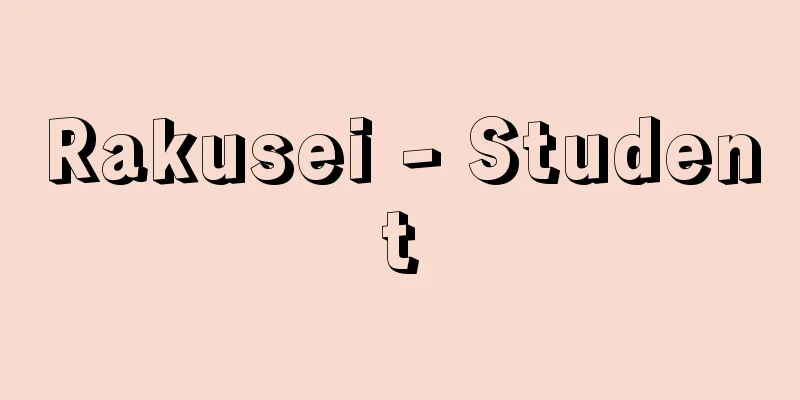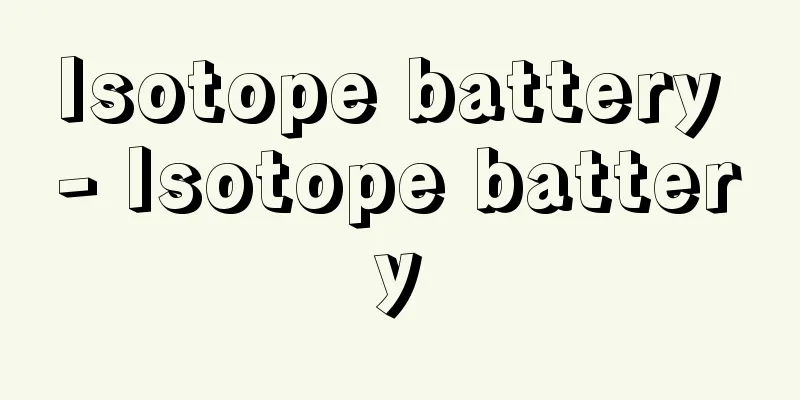Food irradiation
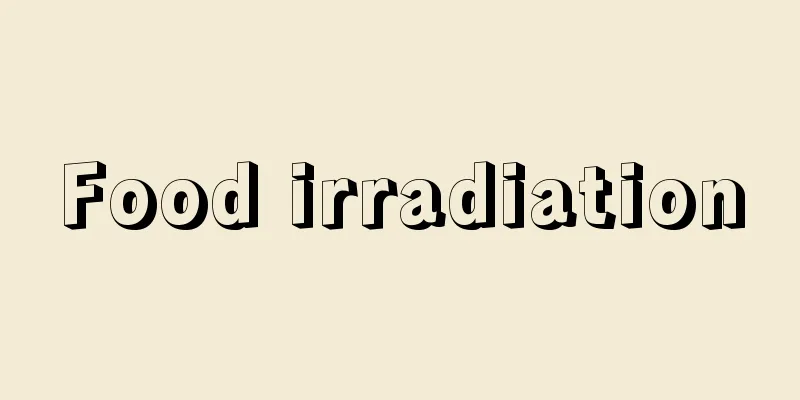
|
Food is irradiated with radiation to sterilize, prevent mold, and stop germination. Gamma rays from cobalt-60 are used. As of 2003, irradiated foods totaling more than 230 items were permitted in 53 countries, and food irradiation was in practical use for a total of 40 items in 32 of those countries. The number of countries permitting irradiation is increasing, but for safety reasons there are restrictions on the radiation dose, purpose, and target. [Tomomi Kono and Yonago Yamaguchi] historyFood irradiation progressed alongside the research and development of atomic energy, and in the United States in particular, research began at the Massachusetts Institute of Technology as early as the 1940s. Research was then actively pursued by the Army, and in 1980, the research was transferred to the Department of Agriculture. The nutritional suitability and safety of irradiated foods was examined in 1961 at a joint meeting of the Food and Agriculture Organization of the United Nations (FAO), the International Atomic Energy Agency (IAEA), and the World Health Organization (WHO). Initially, the idea was to treat the products of irradiation as food additives and manage their safety, but in 1976, it was reconsidered that irradiation is a physical process similar to heating and freezing, and it is not appropriate to treat it as a food additive. Regarding the irradiation dose, in 1980, it was determined that "10 kilograys or less are toxicologically acceptable," but in 1997, the regulation was relaxed to "even if it exceeds 10 kilograys, it is safe," and in 2003, it was changed to "irradiated foods with a dose of 10 kilograys or more have adequate nutrition and can be safely consumed, if they are irradiated at a dose appropriate to the purpose." Following the conclusion of the 1980 joint meeting, the Codex Alimentarius Commission (the Joint FAO-WHO Food Codex Alimentarius Commission) established international standards for irradiated foods and irradiation facilities in 1983. Furthermore, in response to the discussions at the 2003 meeting, the standards were revised to allow for irradiation at doses greater than 10 kilograys when there is a legitimate need. In Japan, food irradiation was approved in 1972 for the purpose of preventing the germination of potatoes, and has been carried out at the irradiation facility of Shihoro Town Agricultural Cooperative (Hokkaido) since 1974. Due to safety concerns, such as the risk of irradiation producing mutagenic and carcinogenic substances in food, and a lack of consumer consensus, irradiation is not permitted for other foods, and there is an obligation to label potatoes. [Tomomi Kono and Yonago Yamaguchi] kindsAn example of irradiation for the purpose of sterilization is spices. Many countries that have approved food irradiation, including the United States, France, the Netherlands, Belgium, Canada, South Africa, China, South Korea, and Indonesia, have put irradiation of spices into practical use. In Japan, too, an application has been submitted by a spice industry group, but as of July 2011, it has not been approved. Sterilization treatments other than for spices have also been put into practical use for food for sick people, space food, fresh fruit, chicken, beef, and pork in the United States, frozen chicken in France, and frozen seafood in Belgium and the Netherlands. It has been approved for use in the United States as an insecticide for imported fruits and vegetables, and as a quarantine treatment method in Australia, New Zealand, and other countries. In order to prevent sprouting, irradiation of potatoes is used in Japan, and garlic is also treated with this method in China, South Korea, South Africa, and other countries. Other purposes and target foods for irradiation include reducing the amount of nitrite used in livestock products such as ham, improving the shelf life of vegetables, and sterilizing and preventing mold in feed. [Tomomi Kono and Yonago Yamaguchi] "Food Irradiation: Technology for Maintaining and Improving Food Safety" edited by the World Health Organization and the Food and Agriculture Organization of the United Nations, translated by Toru Hayashi (1989, Korin)" ▽ "Safety and Nutritional Suitability of Irradiated Foods" edited by the World Health Organization (1996, Coop Publishing) [References] | | | | | | |Source: Shogakukan Encyclopedia Nipponica About Encyclopedia Nipponica Information | Legend |
|
食品に放射線を照射して、殺菌、防黴(ぼうばい)、発芽停止などを行うこと。コバルト60からのγ(ガンマ)線などが使用される。2003年の時点で、53か国で計230品目以上の照射食品が許可され、そのうち32か国で計40品目について食品照射が実用化されている。照射を認める国は増えているが、安全上の理由から照射線量、目的、対象などに規制がある。 [河野友美・山口米子] 歴史食品への照射は、原子力の研究・開発とともに進み、とくにアメリカでは、早くも1940年代にマサチューセッツ工科大学で研究が始められた。その後、陸軍において積極的に研究が進められ、1980年には農務省に研究が移管された。 照射食品の栄養学的な適合性や安全性についての検討は、国連食糧農業機関(FAO)、国際原子力機関(IAEA)、世界保健機関(WHO)の合同会合で1961年に始められた。当初は、照射による生成物を食品添加物とみなして安全性を管理する考え方があったが、1976年には、照射は加熱や冷凍と同様の物理的な処理であり、食品添加物とみなすのは妥当でないと見直しがされた。また、照射線量については、1980年に「10キログレイまでなら毒性学的には問題ない」とされたが、1997年になって「10キログレイを超えても安全」と規制緩和され、さらに、2003年には「10キログレイ以上の照射食品では、目的にあった線量が照射されているなら、適切な栄養を有し、安全に摂取できる」と変更された。コーデックス委員会(FAO・WHO合同食品規格委員会)は、1980年の合同会合の結論を受けて、1983年に照射食品の国際規格と照射施設についての国際基準を定めた。さらに2003年会合での議論に対応して、正当な必要性があれば、10キログレイを超えた高線量の照射ができるよう、規格改定がされている。 日本では1972年(昭和47)にジャガイモの発芽防止を目的とした食品照射が認可され、1974年から士幌(しほろ)町農協(北海道)の照射設備で実施されている。照射により食品中に変異原性物質や発癌(はつがん)促進物質などが生ずるおそれがあるといった安全性の問題や、消費者のコンセンサスが得られないなどの理由で、ほかの食品については許可されておらず、ジャガイモについても表示の義務がある。 [河野友美・山口米子] 種類殺菌を目的とした照射の例に香辛料がある。アメリカをはじめフランス、オランダ、ベルギー、カナダ、南アフリカ、中国、韓国、インドネシアなど、食品照射を認可している国の多くが香辛料への照射を実用化している。日本でも、香辛料の業界団体から申請が出されているが、2011年(平成23)7月の時点では認可されていない。香辛料以外でも、アメリカで病人食、宇宙食、生鮮果実、鶏肉、牛肉、豚肉、フランスで冷凍鶏肉、ベルギーやオランダで冷凍魚介などの殺菌処理が実用化されている。 殺虫処理の目的では、アメリカで輸入青果物について認可されている。また、オーストラリア、ニュージーランドなどでは、検疫のための処理法として認可されている。 発芽防止の目的では、日本でのジャガイモの照射のほか、中国、韓国、南アフリカなどではニンニクの処理が実用化されている。 その他の照射目的や対象食品として、ハムなど畜産製品の亜硝酸使用量を減らすための利用、野菜類の保存性の向上、飼料の殺菌やカビ止めなどがある。 [河野友美・山口米子] 『世界保健機関・国連食糧農業機関編、林徹訳『食品照射――食品の安全性の保持及び向上のための技術』(1989・光琳)』▽『世界保健機関編著『照射食品の安全性と栄養適性』(1996・コープ出版)』 [参照項目] | | | | | | |出典 小学館 日本大百科全書(ニッポニカ)日本大百科全書(ニッポニカ)について 情報 | 凡例 |
>>: Food flavourings - spices and flavours
Recommend
Francisco (Pancho) Villa
A Mexican revolutionary leader of poor peasant or...
Oki
Gekoku (a type of province ranking under the Ritsu...
Finger fern
A small evergreen fern of the Polypodium family (i...
Caesar's Dictatorship - Returning to the Troublesome
...A "revolutionary dictatorship" corre...
Katsura-Taft Memorandum
A secret memorandum exchanged in Tokyo on July 29,...
Opsiphanes
…General term for insects belonging to the Brasso...
Holland, W. von
...and this name persisted even after the medieva...
Johannis de Rijke
1842‐1913 A Dutch civil engineer, he was one of th...
葔褤 - Shuaijiao
Shuai jiao (摔跤) is a term used as a general term f...
OCR Hand Scanner - OCR Hand Scanner
...Limiting the number of characters to be read r...
Ornithomia avicularia aobatonis (English spelling) Ornithomiaaviculariaaobatonis
…The female only gives birth to one larva at a ti...
Wolf, L.
...She had been suffering from neurosis since aro...
Cytogenetics
...Currently, research subjects include morpholog...
Hǎi Lù fēng sū wéi āi (English spelling)
China's first Soviet government. It existed in...
Ulmer, E.
…He was born in Memphis, Texas, while his parents...

![Yamada [Hot Spring] - Yamada](/upload/images/67cd0e3cbd2ed.webp)
